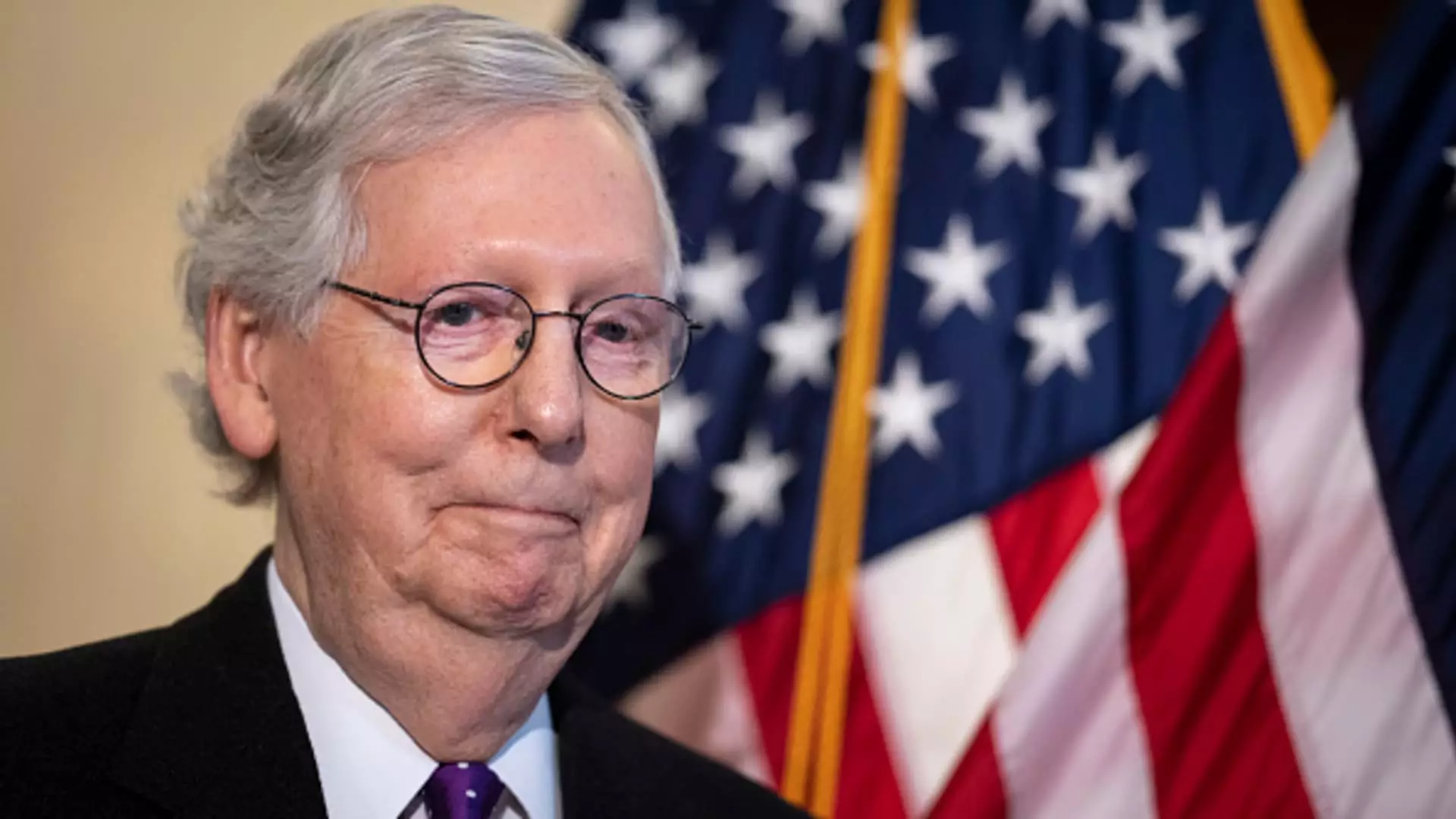As the 2025 political landscape looms, early predictions from sources like NBC News indicate a likely shift in Senate control towards the Republican Party. This forecast is significant, given that the current composition of the Senate features 47 Democratic seats bolstered by four independent senators who caucus with them, leading to a fragile Democratic majority. The stakes are high, with both parties gearing up for a critical battle that could redefine legislative priorities in the coming years.
One of the primary factors contributing to the anticipated Republican resurgence is the electoral dynamics favoring the Grand Old Party (GOP). With only 11 seats at risk of loss compared to the Democrats’ 23, Republicans have a more manageable task ahead. This disparity often allows for a more strategic focus on defense and offense during elections. Furthermore, states like Ohio and West Virginia show promising narratives for the GOP, as notable candidates such as Bernie Moreno and Jim Justice emerge as strong contenders, potentially shifting the balance in their favor.
In the pursuit of Senate control, pivotal states like Ohio and West Virginia are becoming focal points for Republican gains. Moreno’s projected victory over incumbent Democrat Sherrod Brown exemplifies the GOP’s efforts to capitalize on regional variables that may resonate with voters. Similarly, Justice’s triumph in West Virginia serves as a testament to the state’s political leanings and the party’s grassroots engagement. Such wins are not just about individual races; they signify broader trends that could enable the GOP to construct a robust majority.
The financial commitments outlined in the upcoming elections are staggering, with projections indicating over $1 billion being spent to secure just three significant seats across Montana, Ohio, and Pennsylvania. This benchmark highlight underscores the competitive nature of the current political climate, where both parties recognize that financial firepower can heavily influence outcomes. The proactive funding strategies employed by Republican campaigns demonstrate an intentional approach to fortify their positions and leverage any advantages they can muster.
As the dust of the elections settles, the swearing-in of new congressional members in January 2025 could usher in a Republican majority comprised of at least 51 seats. This potential shift not only has implications for pending legislation but also alters the balance of power in discussions around pivotal issues such as healthcare, immigration, and taxes. Looking ahead, the GOP’s capacity to harness its majority will be tested in terms of strategic unity and policy formulation.
While the outlook for Republicans appears promising as they gear up for a potential Senate majority, the final outcomes depend on various evolving factors, including voter sentiment and local dynamics that can shift unexpectedly. The 2025 elections are shaping up to be not merely a contest of parties but a reflection of the American public’s shifting priorities and concerns. As such, both parties need to remain vigilant and adaptable in their approaches to engage effectively with an increasingly diverse electorate.


Leave a Reply